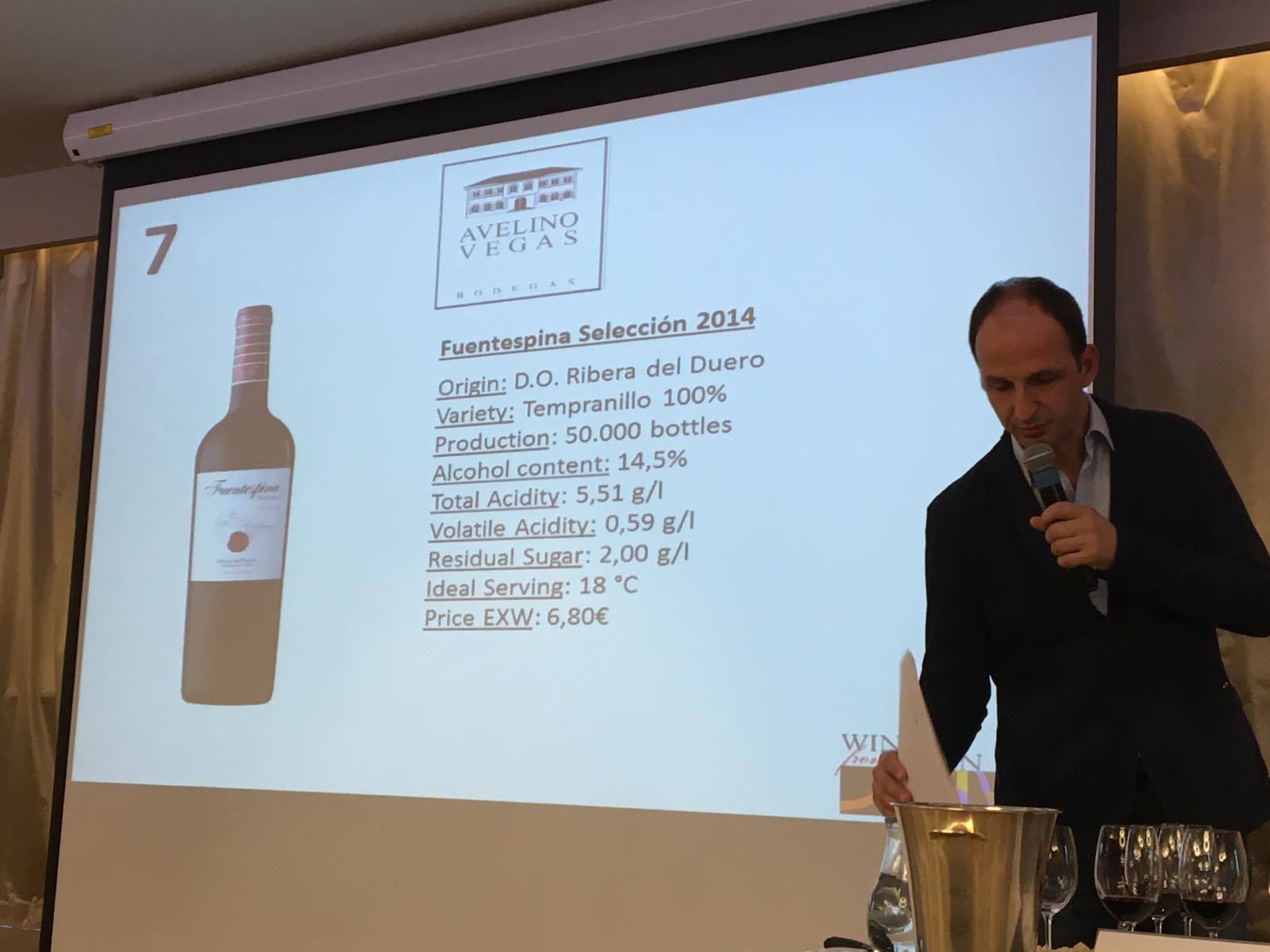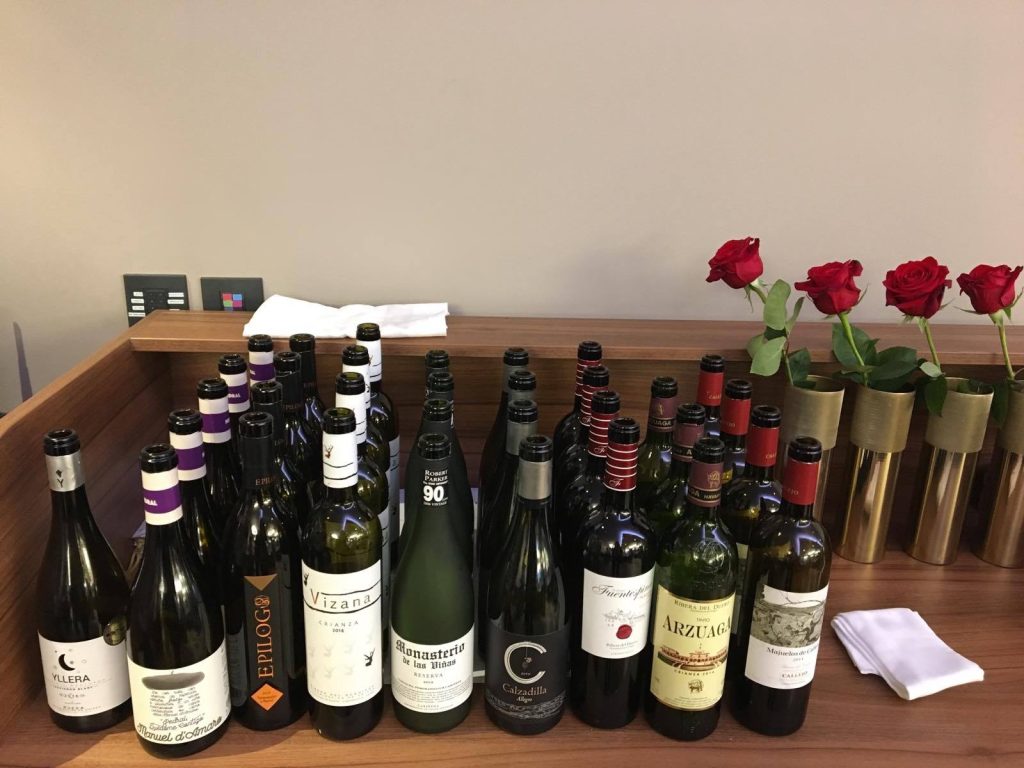Everyone knows Spain is a global wine superpower, even those who are not into wine. This was proven for the fourth time in Zagreb, co-organised by the Embassy of Spain and the ICEX Institute
An excellent workshop took place recently, two in fact – masterclasses of sort – under the skilful leadership of Saša Špiranec on the top floor of the Westin Hotel. As this nation can offer truly plenty through its size, numerous and diverse regions, visitors could taste sixteen wines, and as much as we always strive to promote Croatian wine production, we must admit Spain is a wine superpower.
Spain grows grapes on over a million hectares and is processed in thousands of wineries, some of them producing only several thousand bottles per year, while other groups fill several million bottles annually. Most of the wineries are privately owned by families, some started recently, and others keeping a long tradition. Wine has been produced there since the year 600 B.C., and Spain has the largest surface cultivated with vineyards in the world, while some of the most famous Spanish wines are cherished in the traditional solera system invented in Spain.
For over a hundred years they have also produced a sparkling wine, the cava, in the traditional method of a second fermentation in the bottle. Presenting were wineries Bodegas Yllera, Senorio de Rubios, Bodegas Yuntero, Viticultores de Barros, Grandes Vinos y Vinedos, Pago Calzadilla, Bodegas Avelino Vegas, Bodegas Arzuaga, Bodegas Felix Callejo, Grupo Principe de Viana, Florentino de Lecanda, Baigorri, Finca Valpiedra and Bodegas Faustino. Wine prices are more than reasonable so we had the opportunity to taste wines costing only 3,2 euros (Epilogo, 2015) which is quite solid, to the most expensive one costing 18 euros (Perfume de Sonsiera, 2013). Although red wines are a Spanish trademark, their white varieties such as Verdejo are very interesting.

It should be known that out of the 12 most cultivated global varieties, 6of them are Spanish. They are the Airen, Garnacha, Carinena, Monastrell, Bobal and – of course – Tempranillo, also called tinta fino locally. Wine regions are quite different in soil, climate, varieties, and many favour the indigenous Tempranillo. It is a red variety which gives excellent wines in many Spanish regions, including the largest one, La Mancha, with over 22 thousand vineyards and 300 wineries, but Tempranillo is most common in Rioja.
Connoisseurs of Rioja swear of its beauty, and those who love wine – of Tempranillo. The soil there is stingy, dry, mostly stone, which gives interesting wine characteristics. The workshops enabled a walk through the most important wine regions of Spain – such as Rueda, Rias Baixas, La Mancha, Galicia, all the way to Ribera del Duero which stretches along the famous river. All the wines were at the least good, some great, some excellent. The price/quality ratio is more than excellent. We can only regret not all of them can be found on the Croatian market and hope they will be. I had several personal favourites, but would single out Perfume de Sonsierra, a 100% Tempranillo form Rioja. I have to be honest and say I am not sure if this love at first taste was aided by the bottle design resembling a large perfume bottle, but it’s not important. Besides, two things are worthy of attention: wine and design.












